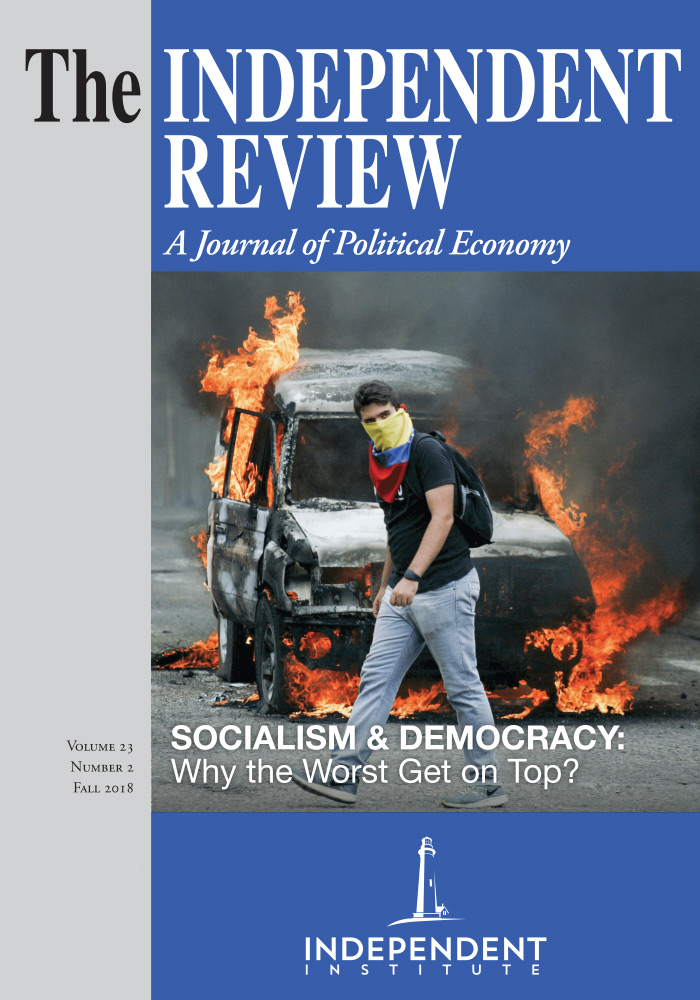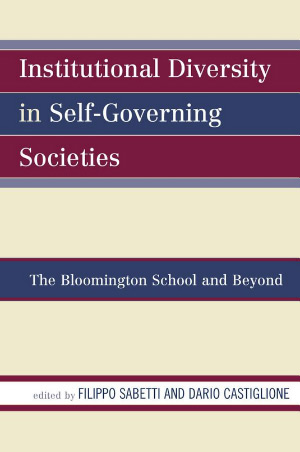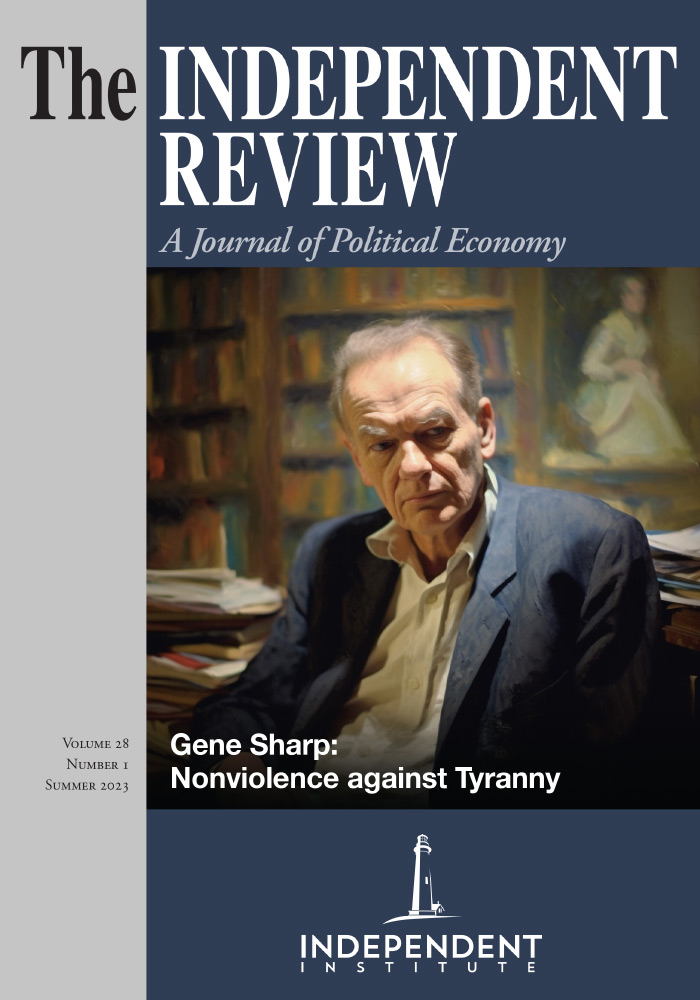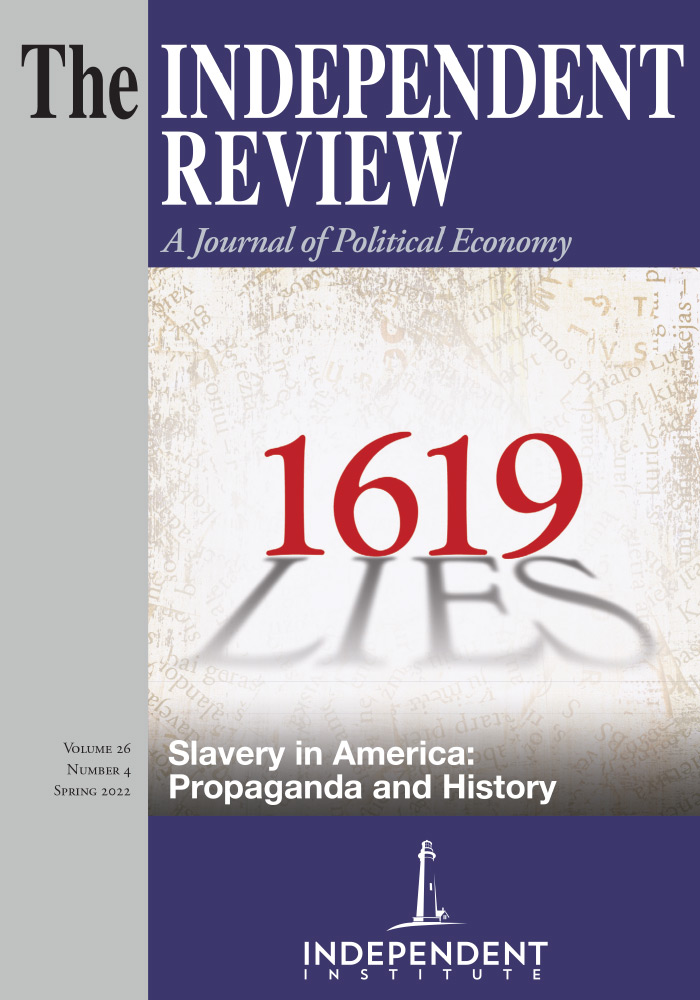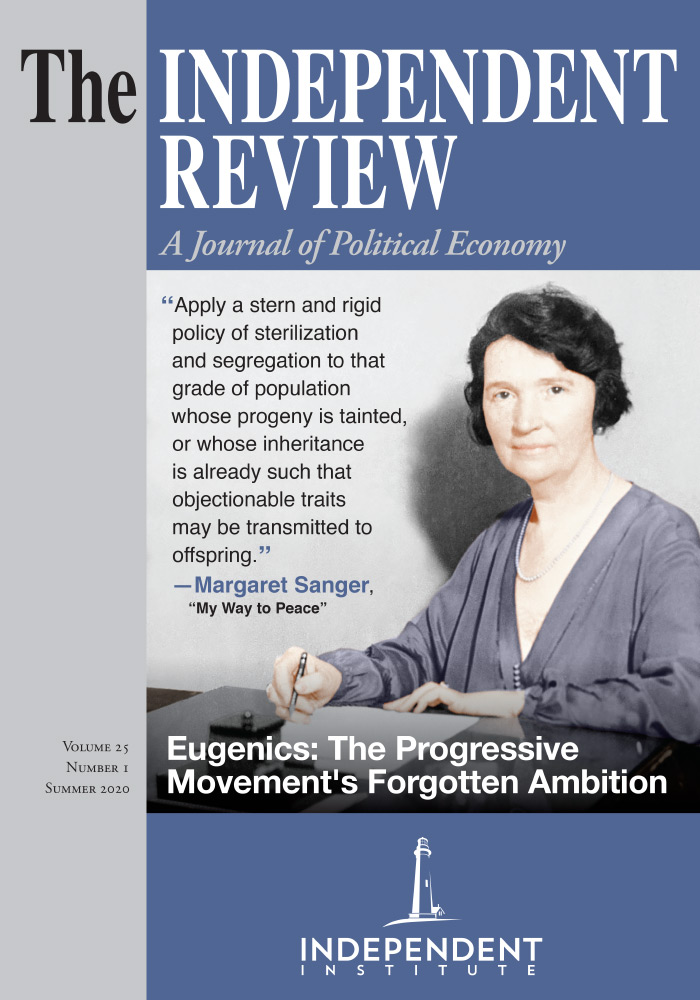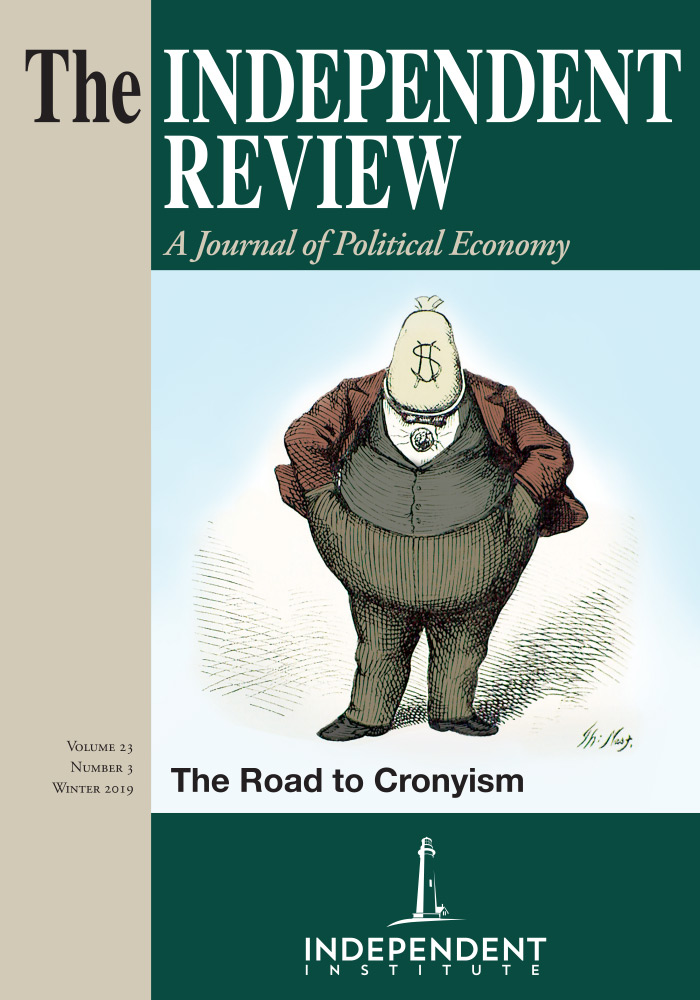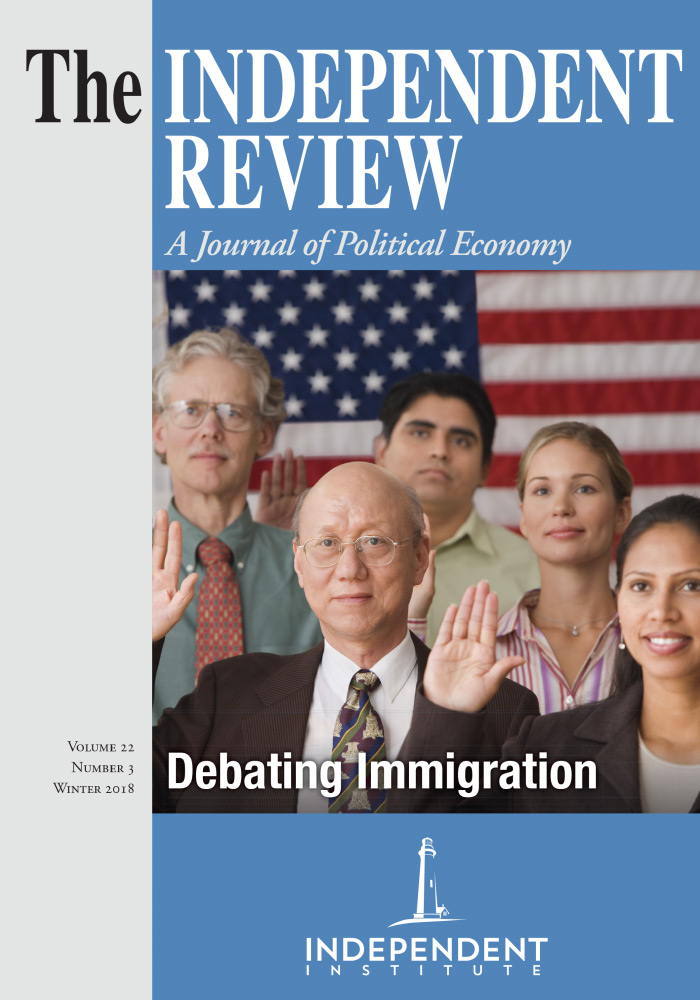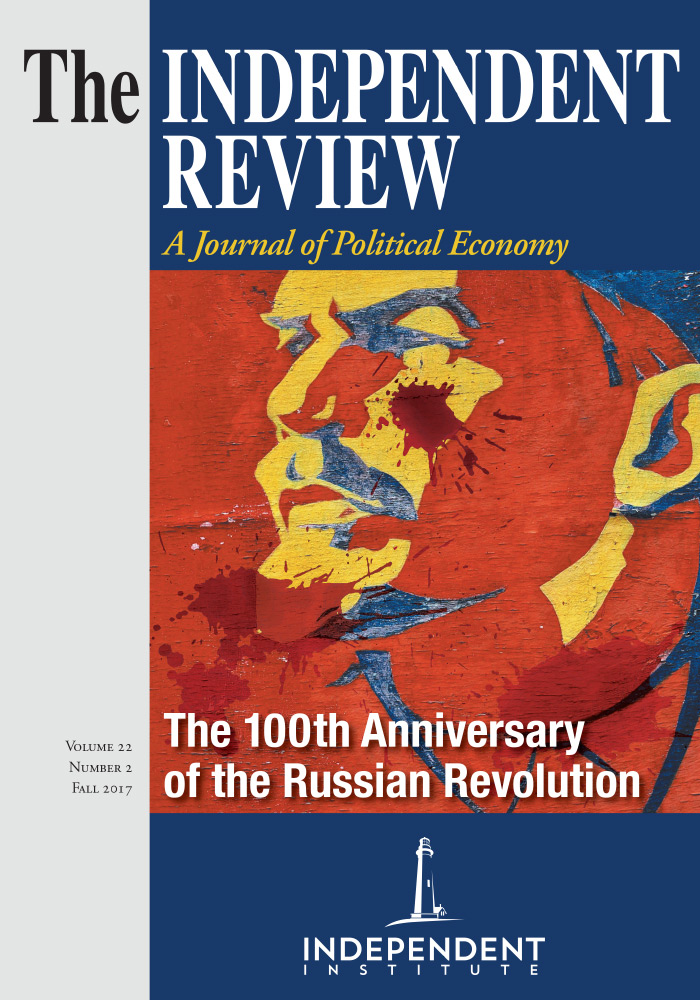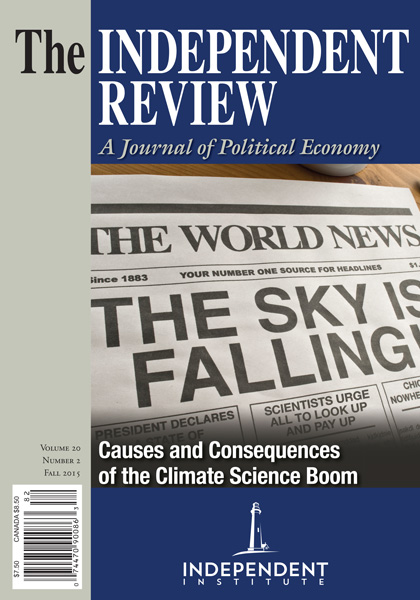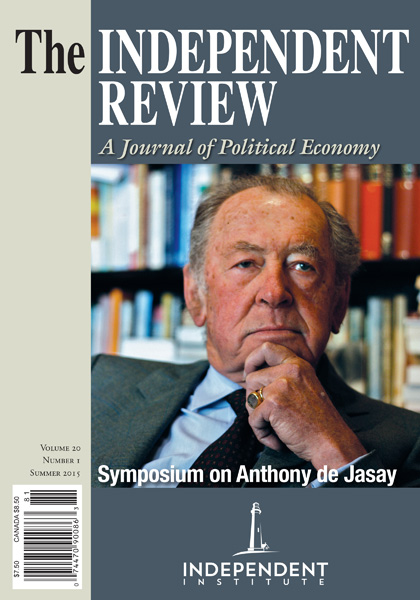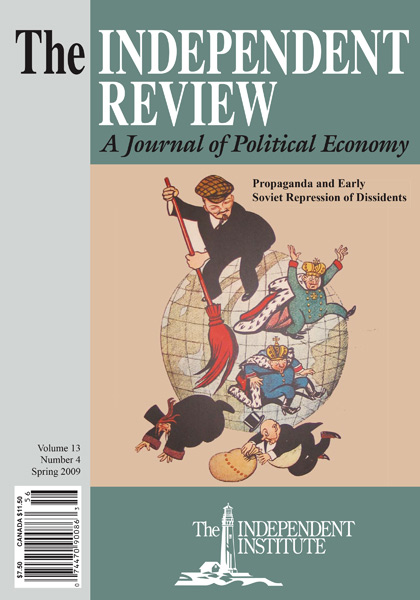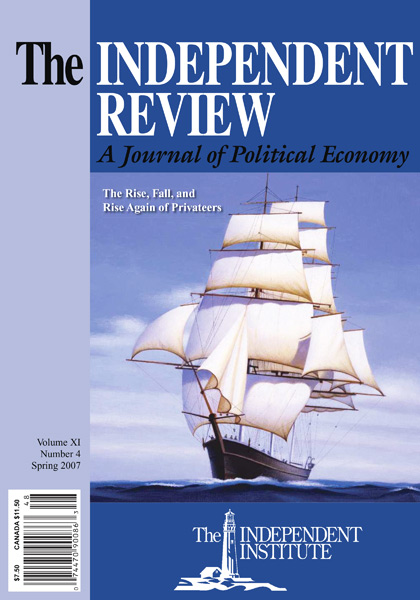The research agenda of Vincent and Eleanor Ostrom is alive and flourishing. Institutional Diversity in Self-Governing Societies: The Bloomington School and Beyond is a volume showcasing various extensions and applications of the Ostroms’ body of work. The book does not attempt an exhaustive account of the possible directions for future research. Rather, this collection of essays is more like a series of potential pathways for continuing the intellectual freeway of the Ostrom program. The volume is grouped by three overarching themes in the Ostroms’ oeuvre, each presenting specific applications in separate chapters.
Before giving a selective overview of the substance of the book, perhaps it is useful to reflect broadly on why such a volume is a welcome addition for researchers working with the theoretical frameworks or topics of the Bloomington School. Contemporary political and intellectual trends challenge the foundations for decentralized, “self-governing” societies. Critics of “bottom up” approaches to institutions argue their effectiveness depends on highly idealized conditions that rarely exist outside of stylized models. Others argue that the frictions and power imbalances that characterize real world situations can only be countered by giving centralized, democratic structures institutional priority. The research agenda set out by Vincent and Eleanor Ostrom developed a framework for addressing both the positive, empirical aspects of self-governance, along with theorizing some of the normative requirements and implications of such forms of social organization.
At the very core, Vincent and Eleanor’s research addresses how and why individuals and communities develop and enforce rules of personal conduct and social interaction such that they realize gains from cooperation. Vincent’s work at the broadest level addressed the knowledge, beliefs, and practices necessary for good, robust civic life. The role of language, meaning, and public communication of obligation through norms occupies a central place in his thought. His contributions ranged from diagnosing fundamental failures in public administration, conceptualizing public life as a polycentric ordering, discussing how citizens could engage in the co-production of public goods, and reorienting theoretical and practical understandings of federalism.
Elinor’s work is perhaps best captured by the notion that institutional arrangements which emerge to solve real world problems are varied, diverse, and exist to govern activities ranging in size and complexity. Not only did this perspective challenge the standard market-state dichotomy in how social scientists look at institutions, but it also demanded a degree of specificity in analyzing problems, something often lacking in abstract economic models of public goods. By developing the Institutional Analysis and Development Framework, she gave scholars a set of tools and concepts for studying social institutions and common pool resources that paid close attention to these methodological tenets. Her rigorous empirical work took these tools to task, demonstrating the importance of understanding local knowledge and rules-in-use for explaining common pool resource allocation problems and their solutions. Together the research focus of the Ostrom Workshop at Indiana University revolved around the investigation of polycentrism, collective action, common-pool resources, and the roles of self-governance in theory and practice.
Part one begins with contributions aimed at extending the Ostroms’ theoretical and analytical approaches to social inquiry. Essays such as Albert Weale’s “Rationality and Reasoning in Public Choice” bring attention to Vincent Ostrom’s emphasis on language as the vehicle for mutual understanding and common knowledge. Weale contrasts standard accounts of public choice that employ expected utility theory with the Ostrom approach, showing that language is the basis for establishing common knowledge. By moving beyond the expected utility framework to a more “reflective rationality,” the analytical focus centers on processes of individual learning and the possibility of discovering mutually advantageous cooperative strategies. The other two contributions in this section examine ways to extend Elinor Ostrom’s famous Institutional Analysis and Development (IAD) framework. In the first, Margaret Polski discusses how she and Elinor adapted the IAD framework to policy analysis. This particular argument is not new, but is useful if only to re-introduce young scholars doing public policy analysis to a different way of approaching questions. Paul Drago Aligica and Ion Sterpan extend the IAD framework in a completely different direction, showing how institutional analysis complicates one of the most central models in political economy—the state of nature. By examining how the institutional perspective changes the assumptions to arguments concerning the state of nature, Aligica and Sterpan demonstrate how Ostrom’s approach would rule out overly broad generalizations and demand some context-specific empirical claims be included in our thought experiments. Readers will appreciate how the essay creatively extends Elinor’s work into the cornerstones of political theory, suggesting ways in which future scholarship could execute a full comparative institutional account of the state of nature in Thomas Hobbes, John Locke, and Robert Nozick.
Part two considers questions related to entrepreneurship, creativity, and governance. For both Elinor and Vincent, it was important to model individuals as fallible but capable persons who are alert to opportunities to enhance their mutual goals. A diversity of institutions can emerge in different contexts to facilitate social cooperation by lowering transactions costs. The four essays in this section each point to different ways in which the self-governance literature is capable of developing. Anas Malik’s essay “Polycentricity, Culture, and Covenant” shines, as it delivers a ton of added-value for scholars unfamiliar with the entirety of Vincent’s work. Malik does a wonderful job of succinctly summarizing Vincent’s ideas on the importance of covenants for sustaining self-governing orders, as well as their role in a federal system of democratic governance. He then connects these ideas in a compelling way with both Elinor’s work and the more recent literature. The chapter concludes with a bold call for more inquiry between the humanities and the social sciences, an idea he draws from Vincent’s own willingness to cross disciplinary borders. Dario Castiglione’s essay “Social Learning and the Bonds of Self-Governing Communities” is an excellent comparative investigation of James Buchanan and Gordon Tullock’s conception of constitutionalism with that of the Ostroms. The essay grapples with a central challenge of constitutional political economy—the role of social learning and shared models of commitment. I found this section of the book to be richest in terms of laying out lines of inquiry that will likely have the widest appeal.
Part three brings together three diverse essays that each stand as examples of how to incorporate specific theoretical aspects of the Bloomington School approach into applied research. Filippo Sabetti and Rosolino Candela begin by reexamining the typical account of Sicily’s underdevelopment. They argue that a deeper attention to context yields a more nuanced understanding of the types of productive orders that emerged and could be sustained given the specific institutional landscape. Michael Fotos III’s essay gives the reader a sense of how typology may matter for evaluating policy, and advances the suggestion that shared intentionality of groups may provide a better benchmark for assessing outcomes. The final essay of the volume is a case study of community forest membership in Chitwan, Nepal. True to Elinor’s own form, the essay examines a particular empirical case of community forestry governance, while connecting the findings on the ground with theoretical ideas concerning sustainability and equity.
Researchers across political economy are not likely to find every chapter relevant to their work. In addition, there are clearly essays in a number of important areas that could have made their way into this volume. For example, toward the end of her life, Elinor was working on polycentric approaches to climate change. This is one of the biggest problems being discussed in both policy arenas and academics, and I believe the insights of the Ostroms could bring new perspectives to these questions. Another area for further development is understanding the relationship between the Bloomington School and fellow travelers such as Virginia Political Economy. Dario Castiglione’s essay gives readers a taste when comparing Buchanan and Tullock’s conception of constitutionalism with that of the Ostroms, but this is but one example of the cross-fertilization that occurred between Bloomington and Virginia.
Overall, because the chapters provide a sampling across the range of possible extensions of these research areas, the volume is a fruitful read. Those unfamiliar with the Ostroms’ work but researching questions of self-governance broadly defined may benefit the most from selected essays that provide an overview and extension of their work. Other scholars familiar with Elinor and Vincent’s contributions will benefit from seeing new ways these ideas are being adapted to important questions. The editors of the collection have done a fine job selecting relevant and engaging essays that showcase the depth and ongoing usefulness of the Bloomington School research paradigm. Institutional Diversity in Self-Governing Societies is a worthy addition to the political economist’s library.

